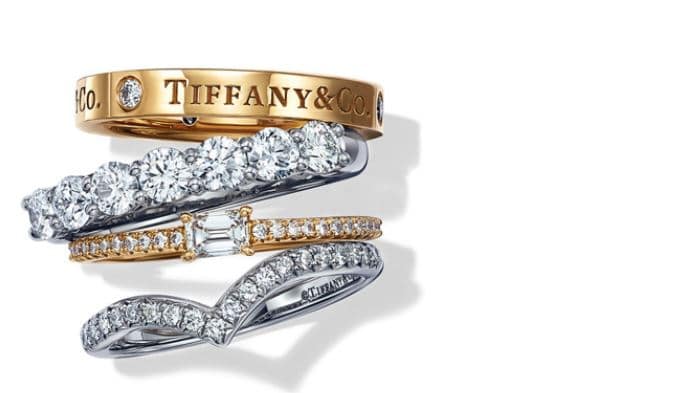Understanding New Trends and Opportunities in Japan’s Luxury Industry [Summary]
This post is a summary of a quite detailed, excellent post from Infocubic Japan, “Info Cubic ─ Online marketing specialists for Japan and beyond” a company I encourage you to check out. The whole post can be read in full here, complete with a large list of source links to read even more!
Japan is the second largest luxury market in the world – behind the United States and ahead of mainland China – with 3.6 trillion yen (about US$33 billion) spent each year in luxury goods.
- Luxury labels, built on exclusivity, used to mean that having an online presence was not necessary; not the case anymore
- digital channels must used by companies to get leverage in the market (search engines, social media, email, websites and mobile apps etc.)
Japan’s luxury industry
- GFC then disasters in Tōhoku and Fukushima, luxury spending in Japan shrank by over 1 trillion yen ($10.6 billion) by 2012
- report by McKinsey & Company: Japanese luxury market… to maintain positive growth
- 82% of luxury executives surveyed responded that their sales outlook for 2017 is significantly better than 2016.
- by 2020, it is anticipated that the market will grow by a moderate rate of 3% to 4% per year
- Japanese department stores are still the main venue of purchase for Japanese luxury consumers
- 70% of people polled buy in Department store representing 50% overall revenue
- Younger generation is buying brands like Céline, Balenciaga, and Gucci
- Older generation are purchasing from brands like Hermès and Chanel, which are perceived as “very reliable” and “have a heritage.”
Digital marketing in the luxury industry
- a renewed interest in Japan in the past year or so due to recent market growth
- Japan accounts for 11% of global luxury spending
- Luxe Digital recently published a report suggesting that digital influences at least 80% of all luxury sales

Digital marketing techniques that are currently trending in the luxury industry:
- Content is King
- Storytelling, being able to tell the story behind the brand, explaining the values that define it: Luxury goods as much about image, style, and intangibles than about the actual quality of the product
- Create contents that are aspirational and appeal to the customer’s desire to display their status
- A luxury brand gives their customers an opportunity to showcase a lifestyle and a value system
- Successful digital marketing campaigns
- Burberry: social media campaigns and creative videos that combine history, fashion, and the appeal of a glamorous lifestyle. YouTube – 99 million viewers, 317,000 subscribers. Recent ad received 12 million views within a month (holiday campaign tribute for the movie Billy Elliot – Celebrating 15 years of Billy Elliot).
- Social Media Marketing
- Visual social networks like Pinterest provide a huge opportunity for luxury brands
- Photographs are one of the best media for marketing luxury products
- Chanel: one of the most ‘pinned’ brands on Pinterest – over 1,244 pins of Chanel products pinned per day
- Boost SEO
- A well-executed SEO strategy is one of the most lucrative digital marketing investments that a luxury company can do.
- Google is one of the most significant channels for luxury
- A large proportion of luxury brands have begun investing in SEO strategies
- Tiffany: bought into SEO, have firm, successful strategies which have led to them dominating the search results
This Summary was written by Jason Ball, a “Fixer” and people Connector, in Tokyo

